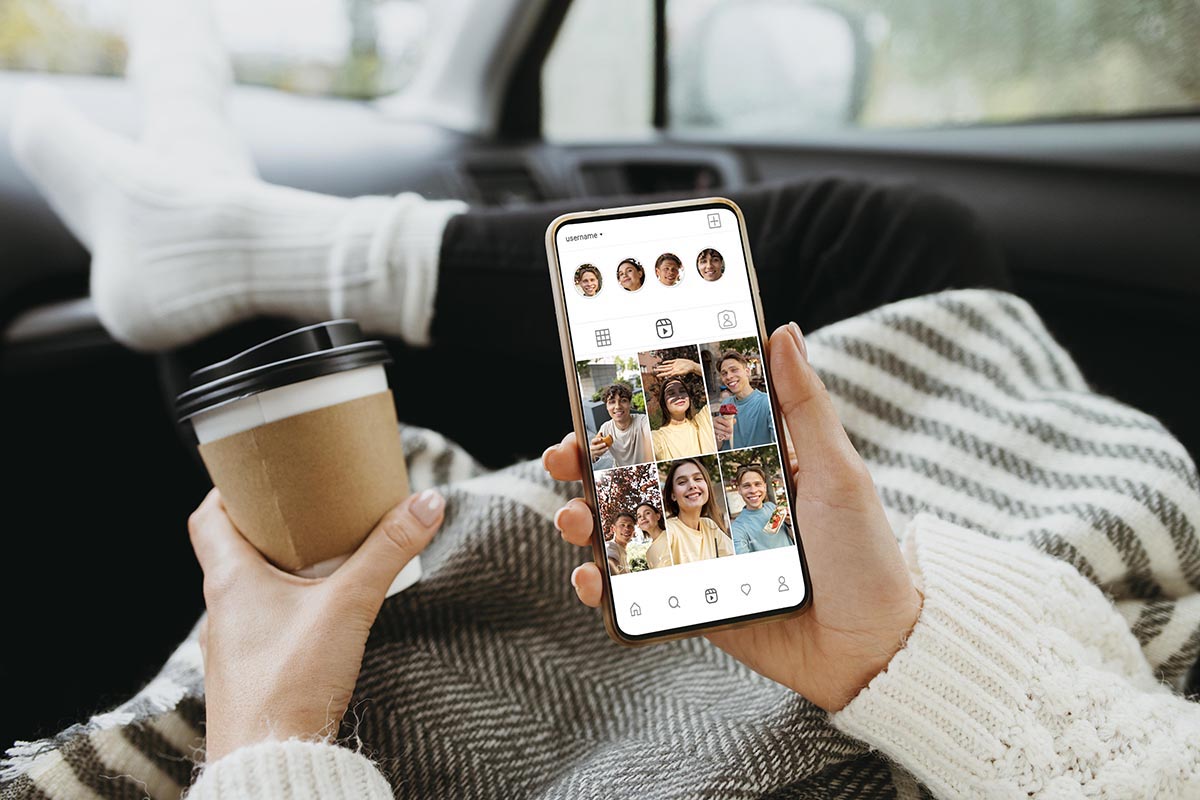Tech is Complex—But Your Customers Don’t Care About the Details
Building a tech product takes months (or even years) of work—research, engineering, data collection, IT tests, software development, prototyping, design, and endless iterations.
But here’s the hard truth: your customers don’t care.
They don’t care if your system runs on an Intel Core i9-12900K or if their data is stored in the most advanced data centers in North America and Europe.
What do they care about?
✅ That their privacy is protected.
✅ That they can trust your platform.
✅ That their data isn’t being sold to the highest bidder.
We all know tech is complicated. But at its core, it exists to simplify life.
So how do you communicate this? Not with feature lists or spec sheets.
The best brands use storytelling—it’s the easiest way to make complex ideas clear, relatable, and compelling.
People Forget Facts—But They Never Forget How You Made Them Feel
You’ve probably heard this quote before:
People will forget what you said, people will forget what you did, but they will never forget how you made them feel.
– Maya Angelou
This is the foundation of great marketing.
Logic alone doesn’t sell—emotions do. Research backs this up:
Harvard professor Gerald Zaltman found that 95% of purchasing decisions are made subconsciously.
That means customers don’t buy based on logic—they buy based on feeling.
Why does this matter for your brand?
✅ People connect with emotions, not product features.
✅ The strongest brands build emotional bonds.
✅ Storytelling is the most powerful way to trigger emotions.
Studies show that certain events automatically trigger emotions like happiness, fear, trust, or excitement.
Language plays a huge role in this—and what better way to use language than through storytelling?
An engaging story grabs attention, builds trust, and drives action.
If your brand isn’t using storytelling, you’re missing out on one of the most powerful tools in marketing.
Innovative Marketing Is More Than Just Selling—It’s About Connection
Talking about how innovative your product is might seem like the right approach, but here’s the reality: that’s not what drives conversions.
Simply listing your product’s features won’t make your brand stand out in a crowded market. What will? Storytelling.
✅ It builds trust.
✅ It creates a sense of community.
✅ It makes your brand unforgettable.
Why Storytelling Works
People don’t just want to know what you sell—they want to know why you exist.
When you share stories about your mission, values, and vision, your brand becomes relatable, human, and emotionally compelling.
The right audience will naturally align with your brand. And yes, some people may not connect with your message—but that’s a good thing.
Great marketing isn’t about appealing to everyone. It’s about building something that 100 people will love, not something 1 million people will just
like.
People Love to Know How Your Brand Stands Out
Let’s be real—no matter how innovative your product or service is, you’re not the only one offering it.
A quick search will show dozens, if not hundreds, of companies providing something similar.
So, how do you stand out in a crowded marketplace?
It’s not about what you sell—it’s about how you make people feel.
Storytelling is your competitive edge. Instead of just listing features, show how your product makes life easier, solves real problems, and improves the world.
Why This Works
People connect with people — not polished product features.
✅ Real-life outcomes hit harder than empty promises.
✅ Story-based social proof builds trust faster than any ad ever could.
According to Gartner, social proof remains one of the most powerful tools in both online and offline sales — because it speaks directly to what people care about most: “Will this actually work for me?”
The Most Effective Form of Social Proof? Storytelling.
Show the transformation.
Don’t just say your product works — tell the story of someone it helped.
-
Share behind-the-scenes wins.
-
Use testimonials that speak like real people, not rehearsed scripts.
-
Highlight customers who look and sound like the ones you’re trying to reach.
✅Because here’s what I’ve learned: People don’t buy products — they buy confidence.
They want to see themselves in your results before they ever click “buy.”
They want to feel,
If it worked for them, maybe it’ll work for me.
So show them. Give them a story that mirrors their pain — and their possibility. That’s what moves people to action. And that’s what earns loyalty.
Final Thoughts on Storytelling: What Your Audience Actually Wants
If there’s one thing I hope sticks with you after this—it’s this:
Your audience doesn’t just want a story.
They want to recognize themselves in your story.
They want to see their struggles, their fears, their “I thought I was the only one” moments reflected back at them. That’s when they lean in. That’s when trust begins.
Storytelling isn’t just about sounding good. It’s about being real enough to make someone say: “Wow, that’s me.”
Let’s say you’re a coach helping burned-out entrepreneurs.
Don’t just talk about how your method works — tell the story of that one client who couldn’t even open their laptop without anxiety… until they got clarity.
If you’re a skincare brand, don’t lead with ingredients — lead with the story of someone who finally felt confident enough to show up makeup-free.
Selling consulting services? Tell the story of the client who went from chaotic to profitable by changing one process.
Make it real. Make it human. Make it theirs.
Because at the end of the day, people don’t buy “solutions” — they buy relief. Recognition. Hope.
That’s what great stories deliver.
And if your goals look anything like this:
-
✅ You want more people to find you (and stay around)
-
✅ You want your brand to feel unforgettable
-
✅ You want conversions that come from trust, not pressure
-
✅ You want to actually make an impact with the work you do
Then storytelling isn’t optional — it’s essential.
It’s not a hack or a campaign. It’s the foundation.
The difference between being “just another brand” and becoming the one they remember.
When your story speaks to their story — that’s when things shift.
That’s when content becomes connection.
That’s when your message actually moves people.
So tell the story that only you can tell — and make sure they see themselves in it.
Because success? It’s not a matter of if.
It’s a matter of how well you connect.






















